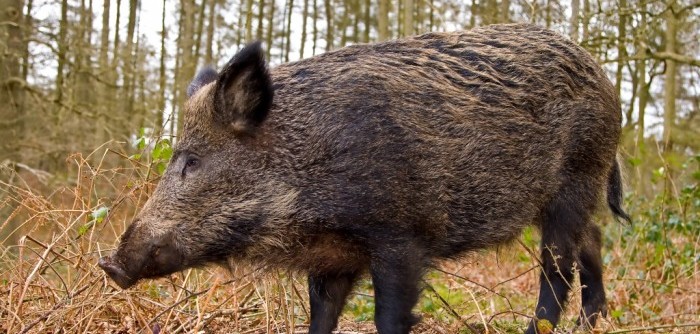Germany’s African swine fever (ASF) outbreak is still in its early stages, according to the country’s National Reference Laboratory for the virus.
The Friedrich-Loeffler-Institut has now confirmed 13 cases of ASF in wild boar in Brandenburg. After the first case was detected on September 10 in a carcase of a two-to-three-year-old wild sow in the district of Spree-Neisse, the other 12 cases were detected near the municipality of Neuzelle in the district of Oder-Spree. They were all in the infected zone set up by the authorities to try and contain the disease.
“In the light of the experience gained in other countries affected by ASF, it can be assumed that the epidemic is at an early stage,” FLI said.
“In addition, one of the wild boar was found sick and shot in the Oder-Spree district. This also indicates that the disease situation is still ongoing. It is to be expected that further cases will be added in the course of the intensified search for fallen game.”
The FLI said the search for fallen game will be used to precisely locate the infected area and to remove the carcasses as sources of infection for further feral pigs.
Helicopters with thermal imaging cameras and drones are being used, trained search and rescue teams are in action and, from Monday, dog teams from Schleswig-Holstein and Rhineland-Palatinate will support them in the search for wild boar carcasses.
In addition, anyone who finds a dead wild boar in the endangered area and reports it to the authorities will receive 100 euros.
German pig industry body ISN reported that the core area with the confirmed positive ASF cases has now been enlarged in this direction and has a circumference of 60km and an area of 150 square km . The expanded core area has been fenced in with mobile electric pasture fences.
According to the latest Brandenburg state press release, the defined endangered area with a radius of around 20 to 25 kilometers around the first site in the Sembten district in the Spree-Neisse district remains unchanged.
In addition, the affected districts of Spree-Neisse, Oder-Spree and Dahme-Spreewald have set up a buffer zone with an area of around 2,300 square kilometers around the endangered area, in close cooperation with the state crisis centre for animal disease control. The buffer zone is considered disease-free.




